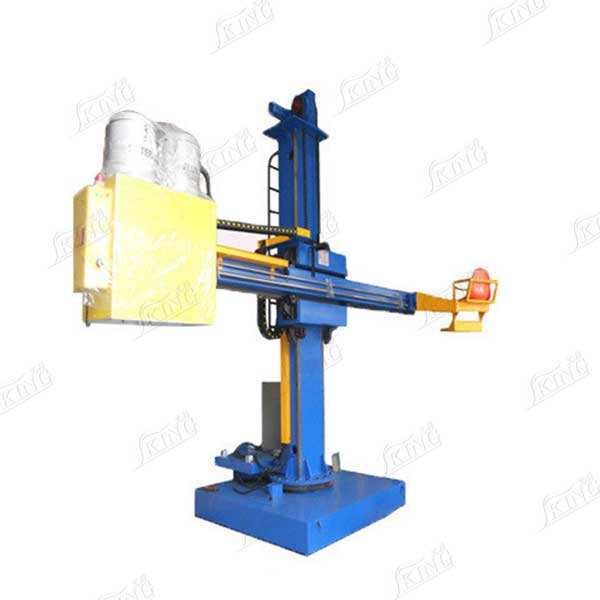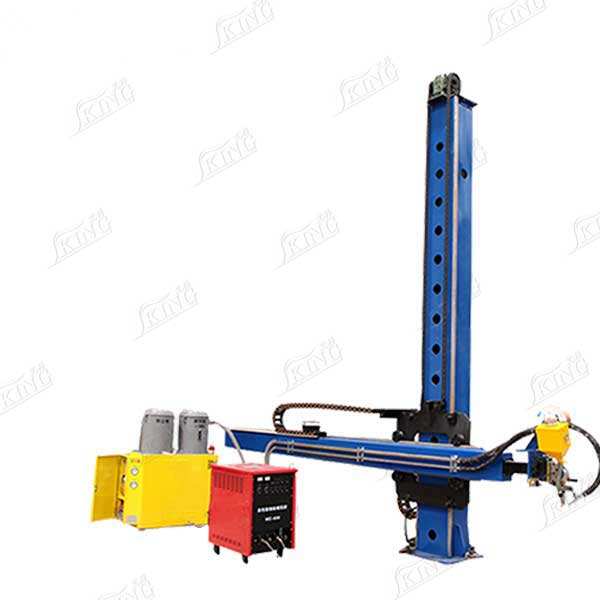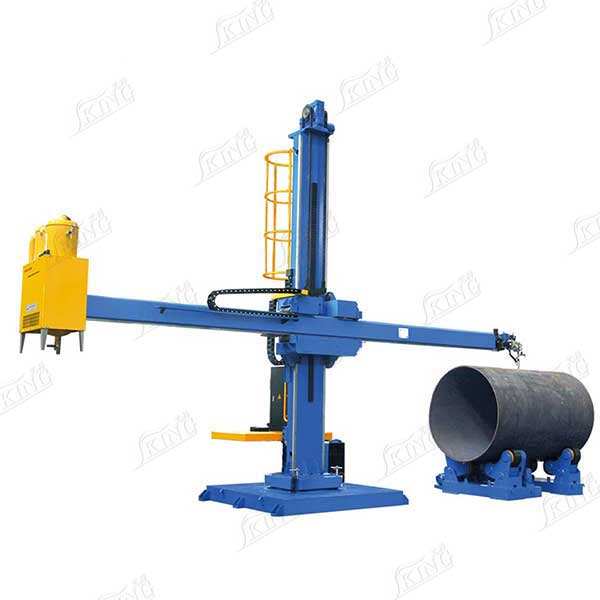column welding techniques
Column welding techniques represent a sophisticated approach to joining vertical structural elements in construction and manufacturing. This method combines precision engineering with advanced welding technology to ensure optimal structural integrity and load-bearing capacity. The process involves specialized equipment designed to maintain consistent weld quality along vertical surfaces, incorporating automated systems that control heat input, travel speed, and material deposition. Modern column welding techniques utilize various processes including flux-cored arc welding (FCAW), gas metal arc welding (GMAW), and submerged arc welding (SAW), each selected based on specific project requirements. The technology features advanced monitoring systems that ensure weld penetration depth, bead profile, and overall quality meet stringent industry standards. Applications span across multiple sectors, including high-rise building construction, industrial facility development, bridge construction, and heavy equipment manufacturing. The technique's versatility allows for welding different materials and thicknesses, making it essential for both new construction and structural rehabilitation projects.


